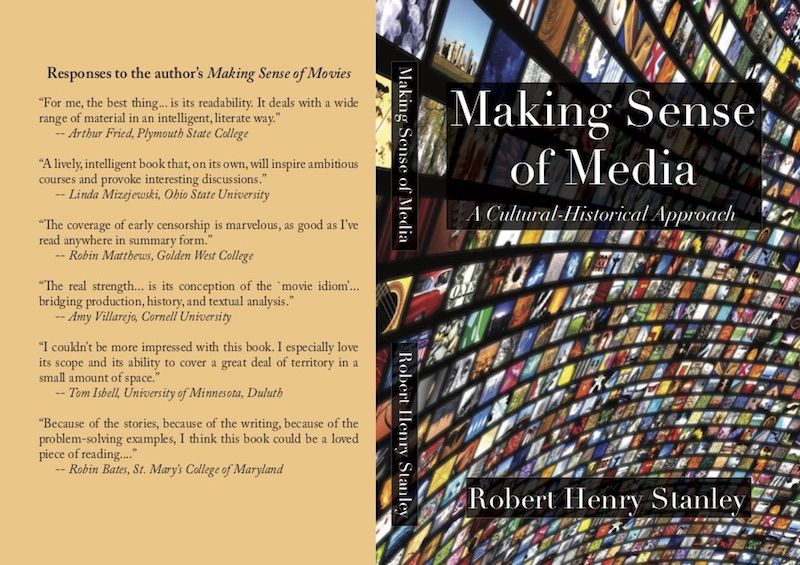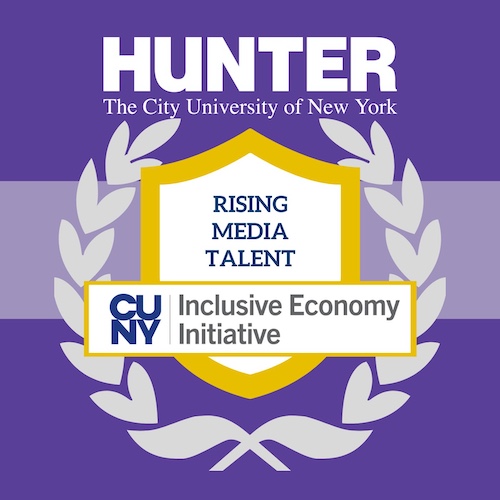Making Sense of Media
The overarching focus of the text’s ten chapters is on the measures to control media content and contain potential meanings, from the printing press and podcasts to streaming services and social media sites. In varying ways, each chapter considers the diverse control and containment mechanisms. These include official church and state censorship, partisan press priorities, right to copy restrictions, state and federal court mandates, statutory restraints, movie, radio, and television formats and formulas, advertiser and public relations ploys, and the prevailing attention-selling prototype. A central consideration is how the profited-minded custodians of evolving media techniques and technologies—private corporations, hedge funds, and transnational conglomerates—affect depictions in news and entertainment fare of the rich mosaic of colors, cultures, and communities long comprising American society.
Praise for the author’s Making Sense of Movies, with a similar writing style, narrative approach, and humanities perspective.
“For me, the best thing… is its readability. It deals with a wide range of material in an intelligent, literate way.”
– Arthur Fried, Plymouth State College
“A lively, intelligent book that, on its own, will inspire ambitious courses and provoke interesting discussions.”
–Linda Mizejewski, Ohio State University
“The coverage of early censorship is marvelous, as good as I’ve read anywhere in summary form.
–Robin Matthews, Golden West College
“The real strength… is its conception of the ‘movie idiom’ … bridging production, history, and textual analysis.”
–Amy Villarejo, Cornell University
“I couldn’t be more impressed with this book. I especially love its scope and its ability to cover a great deal of territory in a small amount of space.”
–Tom Isbell, University of Minnesota, Duluth
“Because of the stories, because of the writing, because of the problem-solving examples, I think this book could be loved piece of reading…”
–Robin Bates, St. Mary’s College of Maryland


